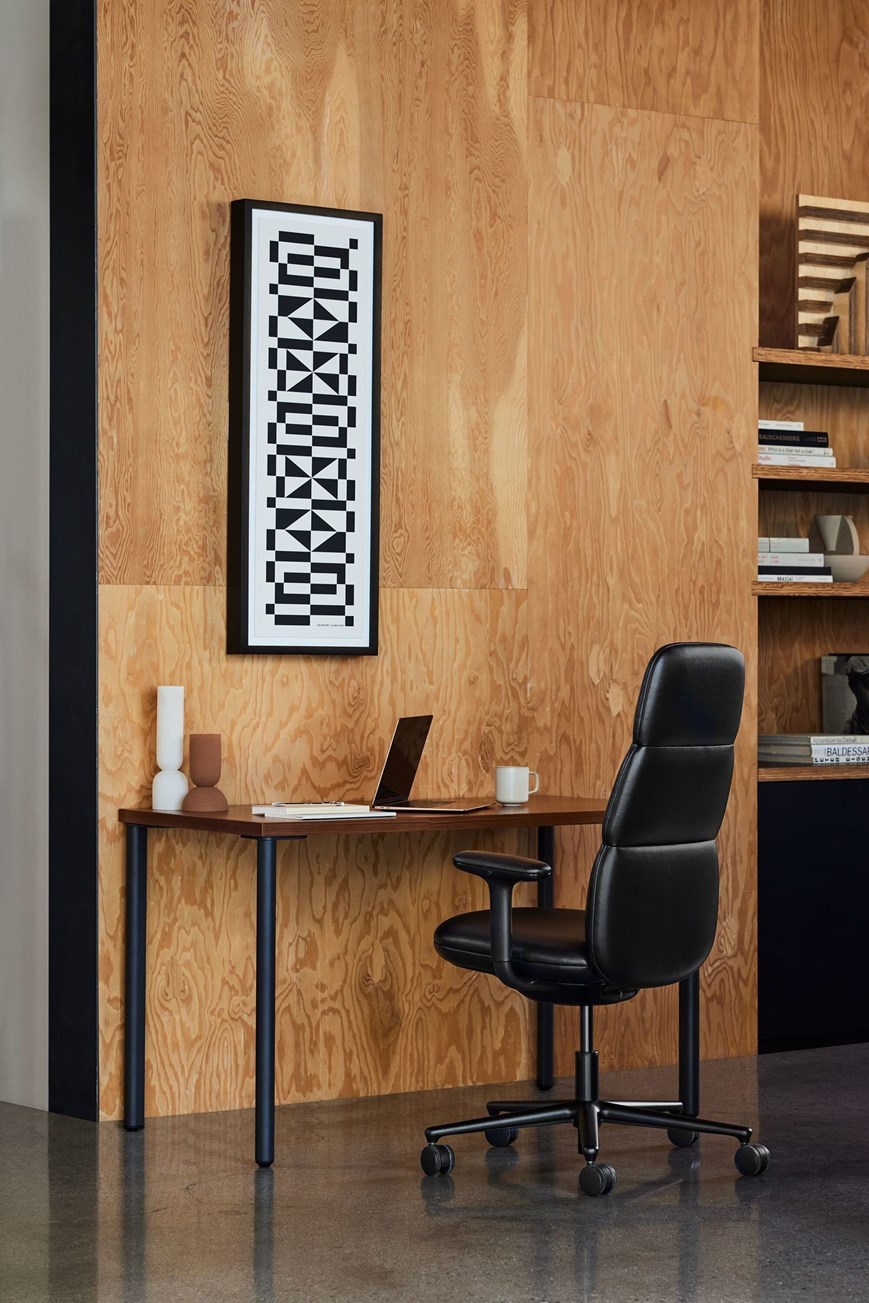Grande Papilio Armchair
- Designer:
- Naoto Fukasawa
- Brand:
- B&B Italia
We don't appear to have any products related to your search term. Please try again.
Shipping and discount codes are added at checkout.
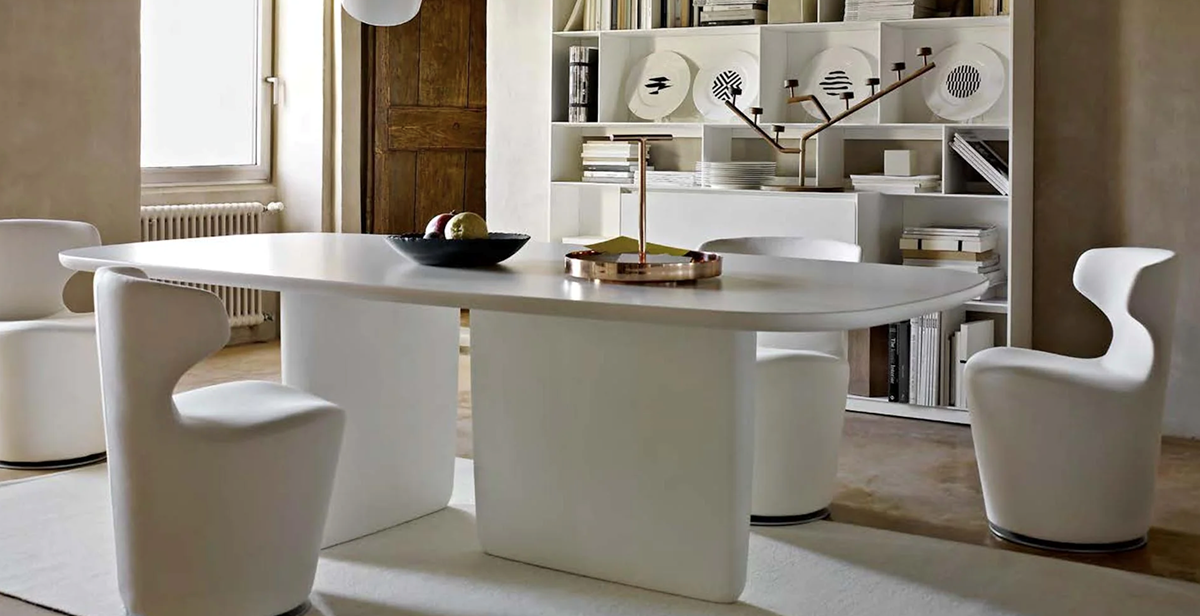
Naoto Fukasawa
I try to design not from the perspective of creating something new, but rather from a viewpoint of helping people realise something that they actually knew already.
There is an interesting dichotomy associated with the design sensibility of Naoto Fukasawa. On the one hand, there is a pragmatism and functionality that supposedly arises from a lifetime of being immersed in the austerity, materials and workmanship of Japanese design and yet on the other, this emanates from deeply held aesthetic theory where a design object has its natural shape accompanied by a given environment – design traces the outer contour of an object.
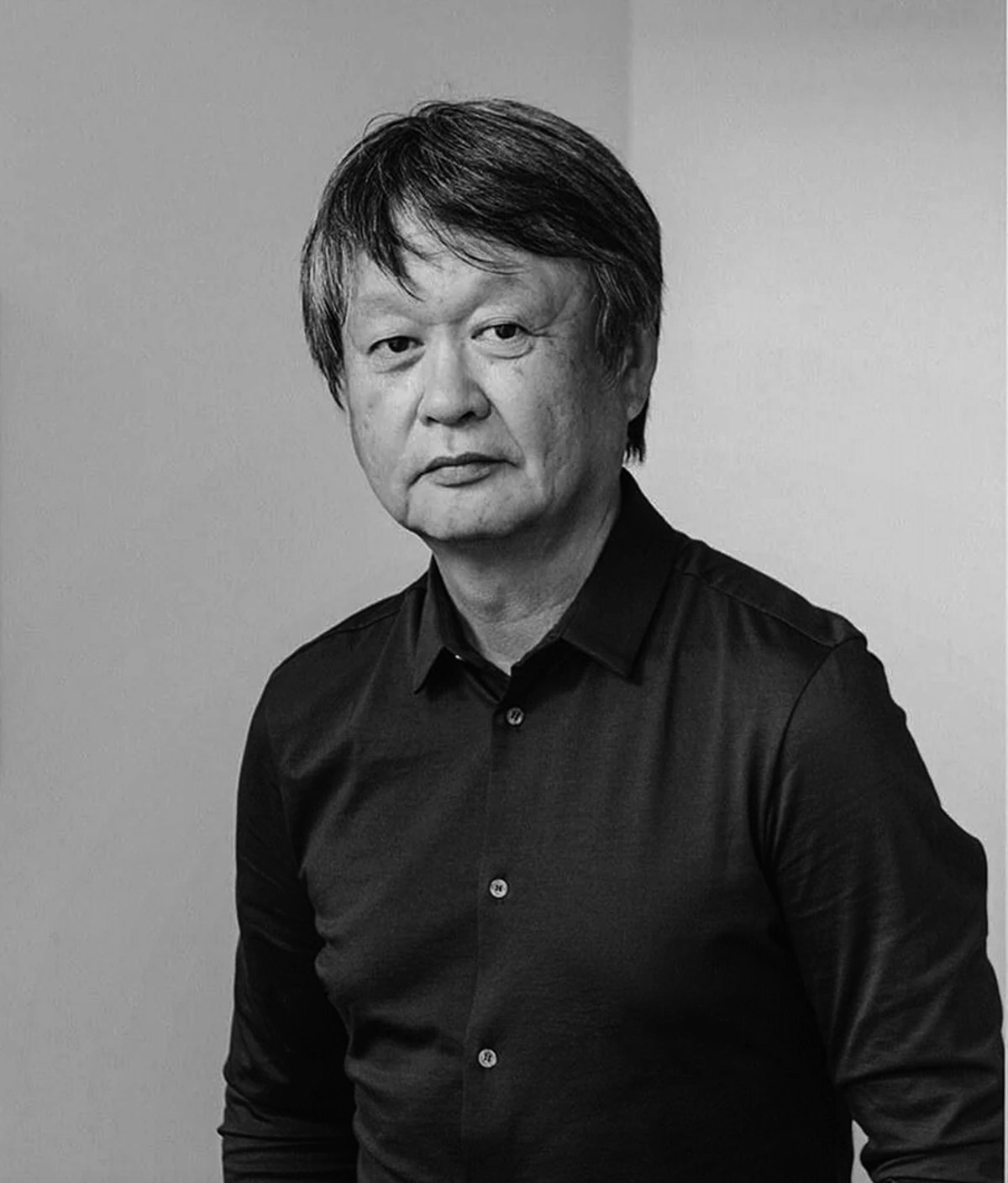
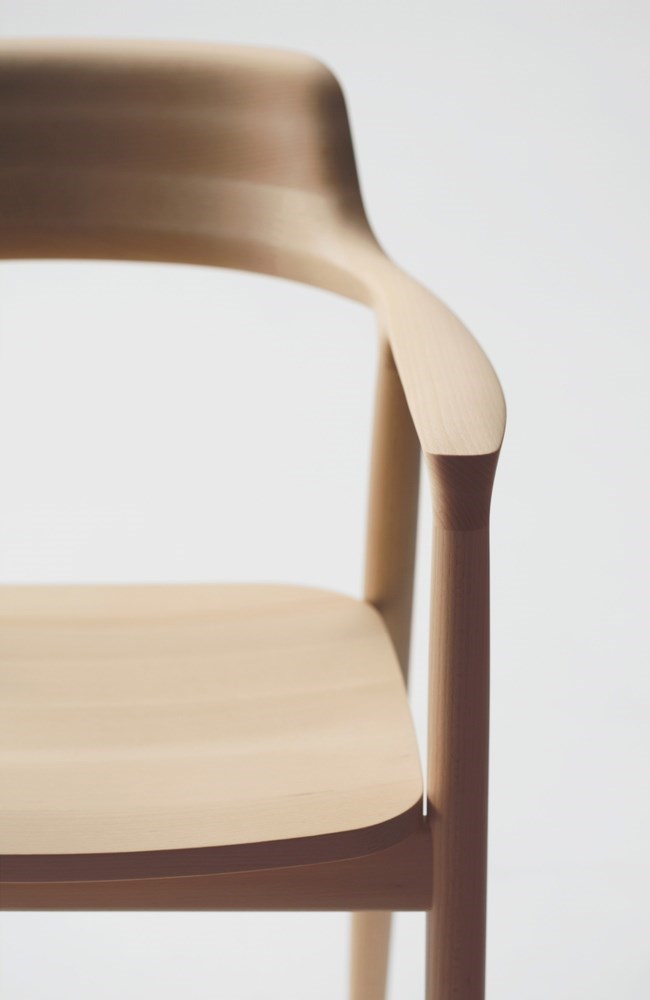
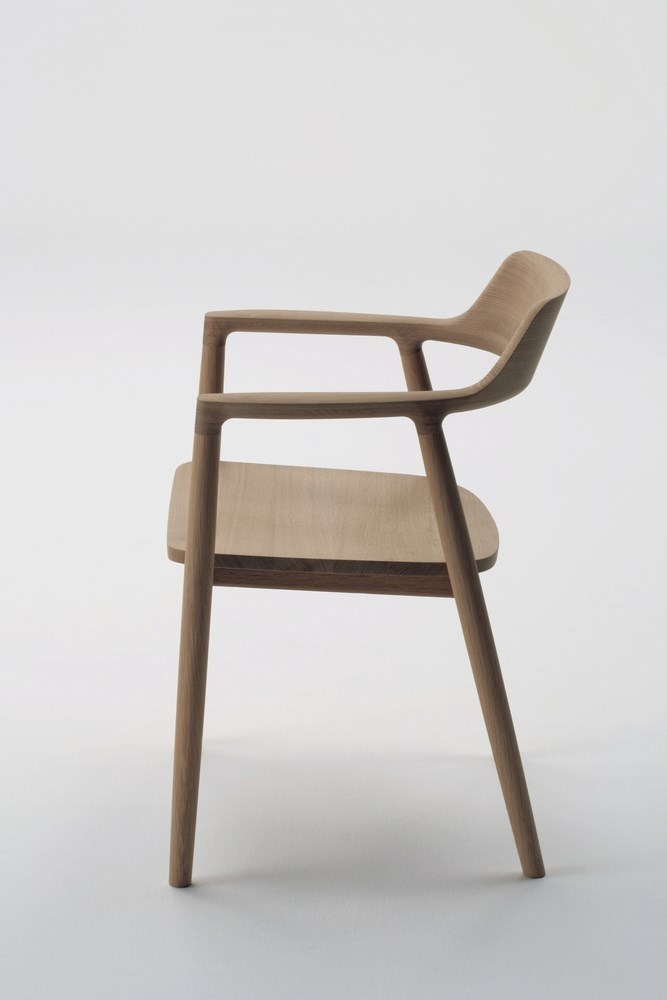
Fukasawa’s original design education concentrated on product design – a specialist area that he has continued with throughout his career with electronics, lighting, watches, jewellery, cutlery, baths, and household appliances right down to toothbrushes. After working in technology design in San Francisco, Naoto returned to Japan and in 2004, made a significant furniture contact when he visited, along with Jasper Morrison, furniture manufacturer Maruni.
The scale of the company’s timber yard and vast drying kiln astounded him as did the precision machining and detailing. What didn’t impress was the thick brown coating that covered the fine wood surfaces at the end of the production line. Naoto and Jasper put an end to that.
Fukasawa’s 2006 Hiroshima range used Maruni’s complicated wood processing technology to design an artisanal chair that looked like it had been carved by hand from a block of wood. The hand finishing of the wood surface feels like a well-worn river stone – something that ultimately cannot be achieved by a machine. The wood itself became the main event.
Naoto’s later work for B&B Italia highlighted another aspect of his relationship with materials. The Papilio chair and its subsequent variants became the embodiment of Fukasawa’s furniture philosophy with this chair, its value as an ornament is perhaps greater than its value as something to sit on. I believe that is the value of design.’’
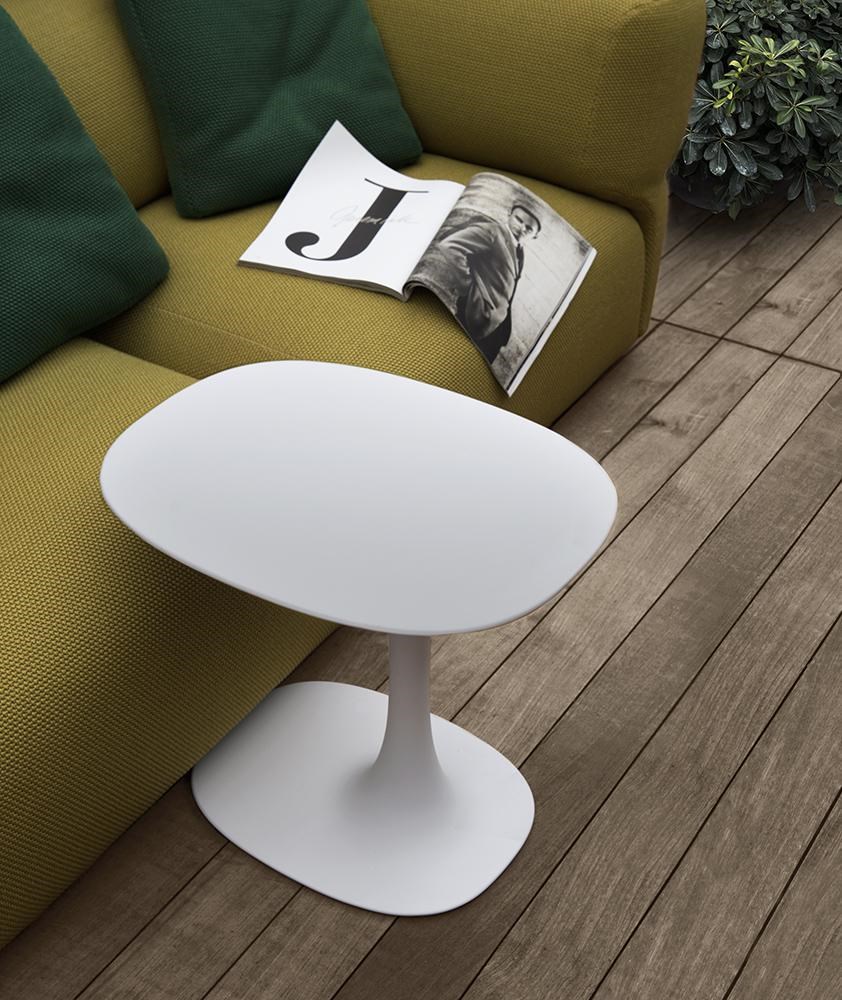
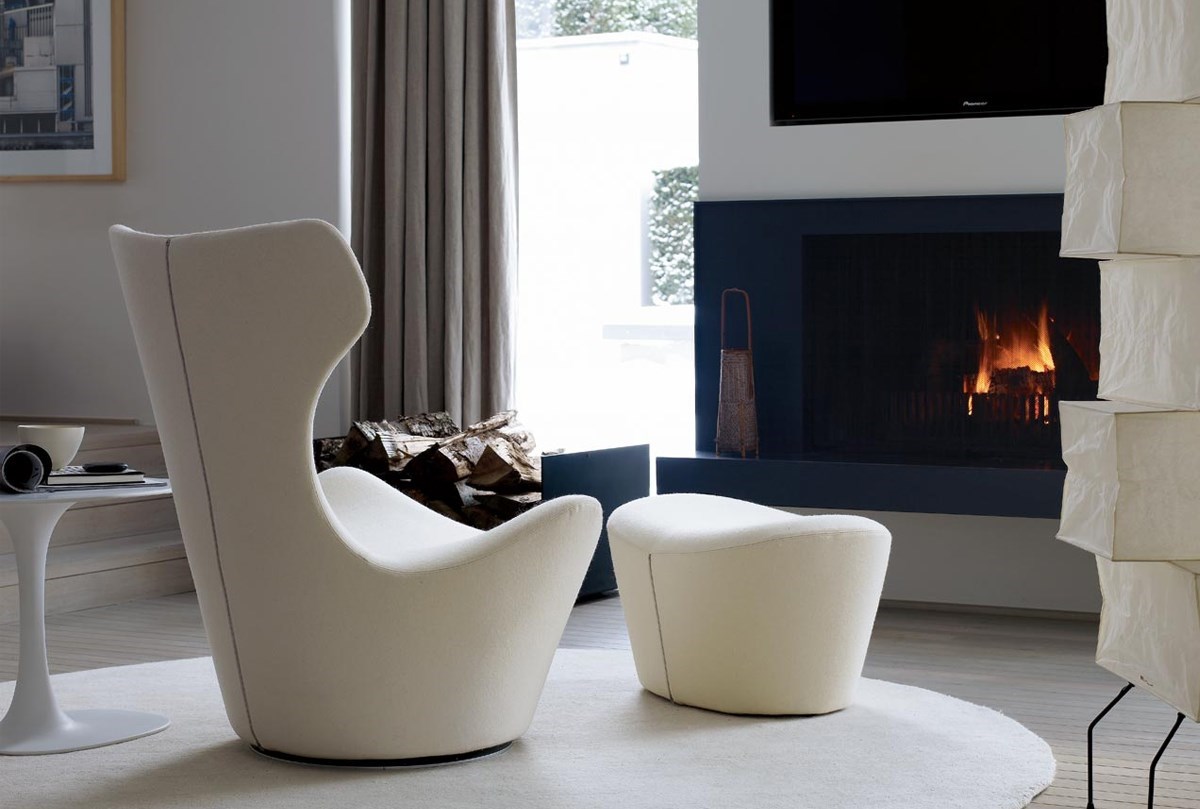
At the time, only B&B Italia had the technology and the production facilities for the moulding of large, complicated polyurethane foam forms, as originated by B&B Italia founder Piero Busnelli.
This fitted in perfectly with Naoto Fukasawa’s vision of a sculpted chair. The curved back hugging the sitter, the smooth movement of the swivel and the absence of arms and legs created a form that, true to Fukasawa’s furniture philosophy, interacted with its surroundings and sitter with movement of line. From a practical perspective, Papilio has been a major commercial success with subsequent Papilio beds, dining chairs and other variants. The Harbor armchair filled the gap for those Papilio sitters who required armrests.
The Awa outdoor side table for B&B Italia also exemplifies this in Cristalplant – a heavy composite material often used in bathroom ware. Its surface is beyond smooth like a Canova marble yet in the most functional, curved, sculptural form.
Not forgetting the small stuff, other items for B&B Italia include the Bunch Vase, the Shelf X bookcase, the Siena bed, the Tetra candleholder and a selection of trays.
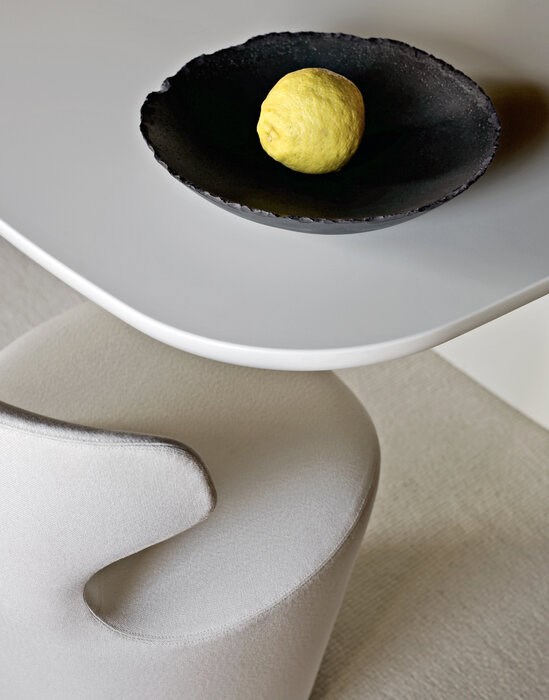
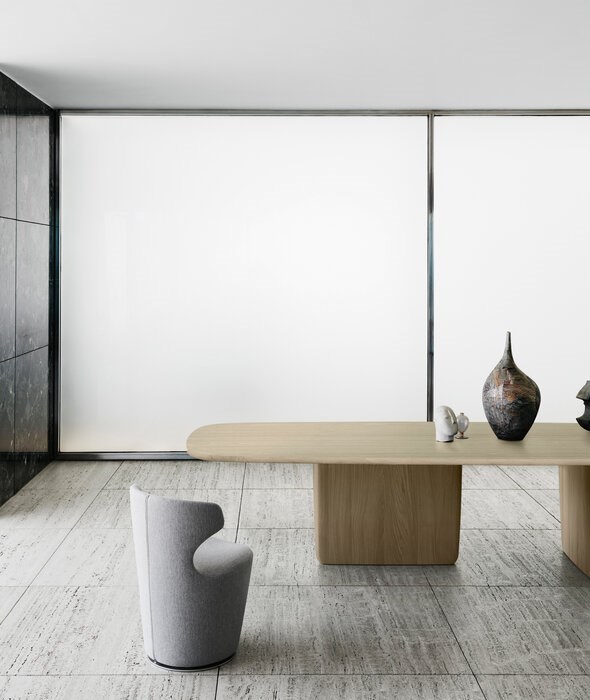
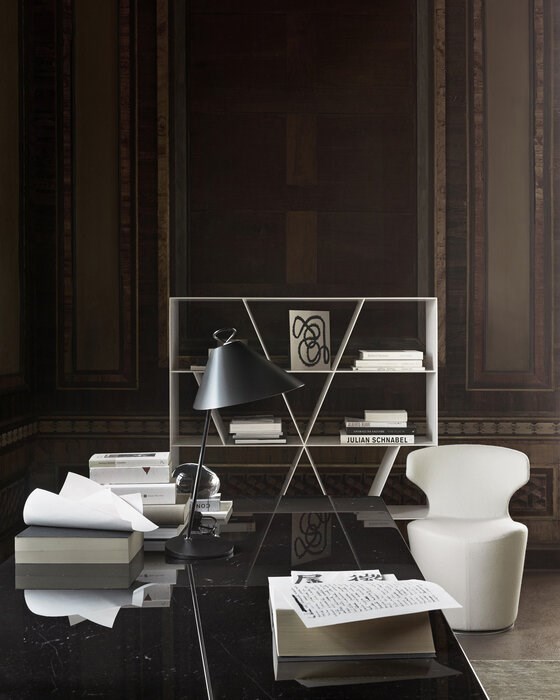

To bookend an illustrious design career, one of Fukasawa’s most recent projects is the Asari chair for prestigious American furniture company Herman Miller. The Asari is a combination of the ergonomics for which Herman Miller is famous and Fukasawa’s clean, sculptural aesthetics with the inherent comfort of both. This obviously fills the gap for the ubiquitous home office – the chair looks great i.e. not a transposed office chair but has all the ergonomic support plus colour options and soft seating required for long hours at the dining table.
The trajectory of Fukasawa’s career has not only involved producing design objects – his work is displayed in the world’s greatest design museums, he has won numerous prestigious awards, written books, lectured and held advisory and curatorial positions in significant institutions both in Japan and abroad.
We in turn, can appreciate this by enjoying the ultra smooth swivel of a Papilio chair or the fine hand honed surface of a Hiroshima table.
